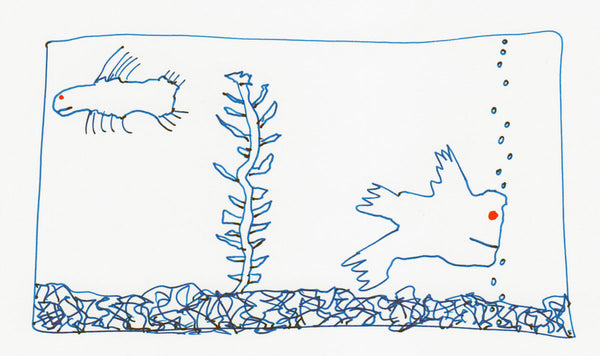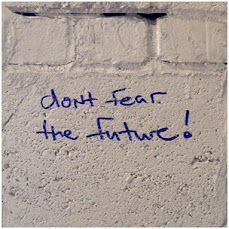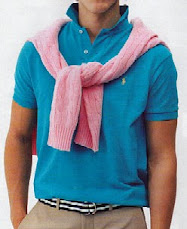
Insert Blanc Press is proud to inaugurate a new imprint, Knock-Out Editions, with it's first Knock-Out Edition, Stingray Clapping by Andrew Choate.
Released for Pre-Sale over Memorial Day Weekend, Knock-Out Editions and especially Stingray Clapping by Andrew Choate will be so memorable you will likely be Knocked-Out by the memoriousness of it all.
Stingray Clapping (56 pages, 4.75" x 6.5") has been printed and hand made with luxurious card-stock covers, french flaps, and marbled flyleaf endpapers in an edition of 225 copies with 40 copies signed and numbered by the author and a Limited, Knock-Out Edition of 20 drawings (4.75" x 6.5") also signed and numbered by the artist.
Stingray Clapping by Andrew Choate
Chapbook, 56 pages B&W
ISBN 13: 978-0-9814623-5-6
Dimensions: 6.5" x 4.75" x 0.25"
Pricing:
$12.00 Chapbook
$18.00 Signed & Numbered Edition 21-40
$36.00 Limited Edition drawing and Signed & Numbered Edition 1-20 (choose your drawing from the images on the book's page)
Chapbook, 56 pages B&W
ISBN 13: 978-0-9814623-5-6
Dimensions: 6.5" x 4.75" x 0.25"
Pricing:
$12.00 Chapbook
$18.00 Signed & Numbered Edition 21-40
$36.00 Limited Edition drawing and Signed & Numbered Edition 1-20 (choose your drawing from the images on the book's page)
“Stringray Clapping is composed of particles swirling at the first remove from the proto world, casting torched breath into the phonemic.”—Will Alexander, author of The Sri Lankan Loxodrome (New Directions Publishing, 2010) and Compression & Purity (City Lights, 2011).
Of his new book, Stingray Clapping, author Andrew Choate says:
In 1999 I got a job working for Crain's Business Insurance magazine, proofreading entries in theirDirectory of Corporate Buyers of Insurance. I was primarily responsible for editing the half-sentence to one-sentence long descriptions of corporations. Never having been so intimately exposed to technical language before, I fell totally in love with the quality of the writing required to convey the much-vetted specificity of a corporate description. The fact that the words were crafted for the sake of clear legal and bureaucratic meanings, rather than for the sake of literature, encouraged me to read them as if they were both specific and evocative.
Considering the glut of language we're inundated with, it's difficult for a writer sensitive to that inundation to want to generate more text to send out into the world. My writings here attempt to do what those corporate descriptions do: be exact and polyvalent.
I like short texts that respect the reader's ability to read rather than pander to their manufactured desire to be overloaded. I like texts that avoid narrative, plot, concept, character and structure; texts that focus on these things feel like they are trying to dominate the reader. That's not what I am trying to do at all, I'm trying to give the reader an opportunity. Rather than explain every little thing, can't we consider words like colors to put on the page to savor. I mean actually generating (imagining/writing) phrases that can be read the way one listens to a favorite record: at different times of day and with different desires actively in play.
The words in Stingray Clapping are simply words without any kind of justification: not conceptual, narrative or otherwise. I imagined them and arranged them and was pleased and surprised by them.
Andrew Choate was born and raised in South Carolina and studied music and literature at Northwestern University and the California Institute of the Arts. His first book, Langquage Makes Plastic of the Body, was published by Palm Press in 2006. He has been publishing his writings on music and art since 1998 and his work has appeared in Urb, Coda, Wire, Signal to Noise, Art Ltd, d’Art International and Facsimile. His writing has been translated into Spanish, French, Hungarian and Czech. His radio plays and sound works have been broadcast on WDR in Germany, Radioarte Mobile in Italy, Hipersônica in Brazil, Resonance FM in England and various outlets in the US. His visual work has been exhibited at the Yerevan Center for Contemporary Art, the Torrance Art Museum, Barnsdall Art Park, High Energy Constructs and Overca$h. He has given lectures at the Museum of Contemporary Art in Los Angeles ("Picturing Language"), CalArts ("Writing for Video Performance") and Hofer's Studio Roof ("I'm Turning Sideways In This Crowded Train So You Can More Easily Pass Me By").








No comments:
Post a Comment